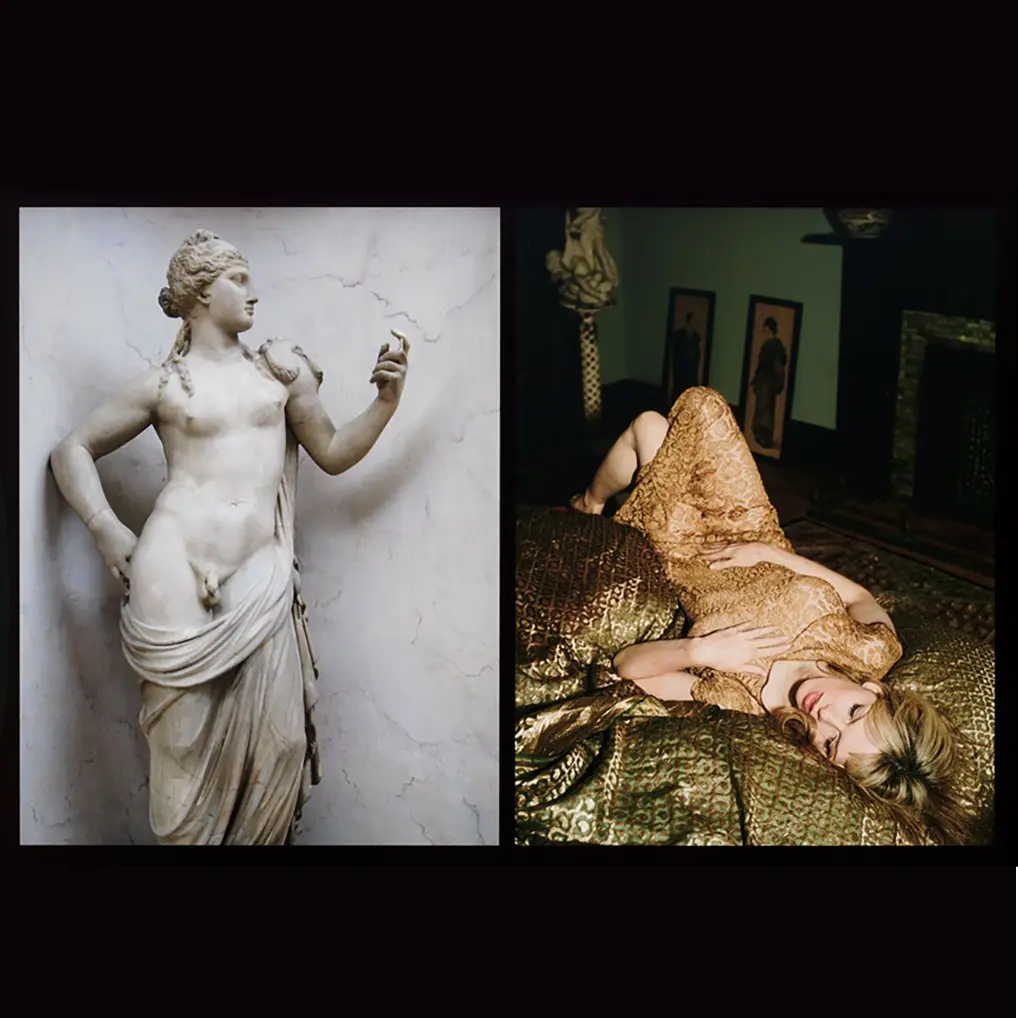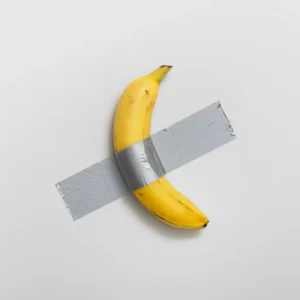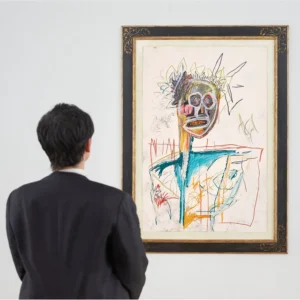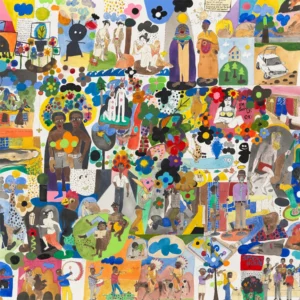Photographer, filmmaker, and activist Nan Goldin debuts new works at Gagosian New York. You Never Did Anything Wrong presents two newly created moving-image pieces, displayed in custom-designed pavilions, along with a significant collection of new photographs. Surprisingly, the works steer away from political themes, despite concerns that such a direction could affect her career.
Goldin gained fame in the 1980s for chronicling her bohemian friends’ lives. Recently in 2017, after receiving successful rehabilitation from the prescription drug OxyContin, which was prescribed to the artist for her injured wrist, Goldin founded, P.A.I.N. (Prescription Addiction Intervention Now). The group started rallying against the Sackler family, who owns Purdue Pharma, which makes OxyContin.
P.A.I.N.’s protests at prestigious institutions including the Louvre Museum in Paris, the Victoria and Albert Museum in London, and the Metropolitan Museum of Art in New York, helped persuade these major museums and many others from rejecting donations from the Sacklers.
The two moving images in the exhibition are presented in pavilions designed specifically for their display by Goldin and architect Hala Wardé. The structures echo the films they host by fusing architecture, image and sound.
“Stendhal Syndrome” brings together classical masterpieces and portraits captured through Nan Goldin’s lens. The artist selected these works from the Galleria Borghese, the Louvre, the Metropolitan Museum of Art, and the Prado over the past 20 years. The parallels in composition, color, and mood between these masterpieces and Goldin’s works emphasize traditional art hierarchies and evoke a memorized beauty that reflects both love and grief.
Goldin’s second film in the show, “You Never Did Anything Wrong, Part 1,” is derived from a pet’s headstone which caught her attention years ago. The artwork is centered around the solar eclipse, filmed in Super 8 and 16mm. The soundtrack is a somber piece by Valerij Fedorenko, and ambient sounds from nature recorded during the eclipse. This artwork, which is inspired by an ancient myth in which animals are steaing the sun, is the artist’s first abstract work to date.
The photographic grids present pairings composed of Goldin’s photos from different stages of her career and a strikingly similar image of an old museum painting or sculpture inspired by six mythological tales. Orpheus Dying couples an 1866 Baroque painting by Émile Lévy and a 1977 photograph of Goldin’s lover Tony. Despite one being a classical nude portrait and the other of a man in jeans, both figures lie in identical seductive positions, their bodies resembling the same symmetrical features.





